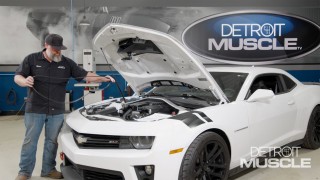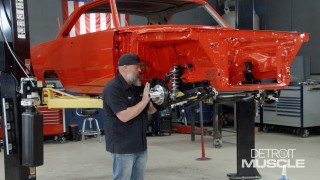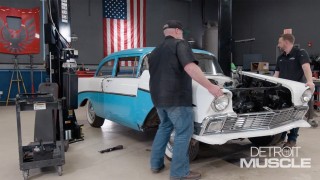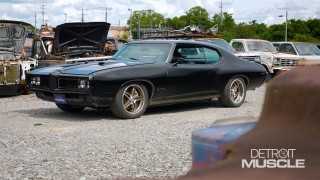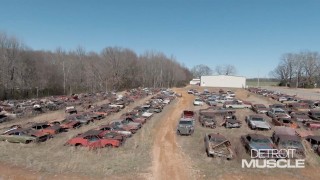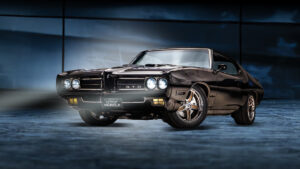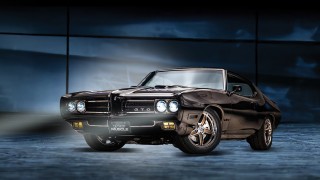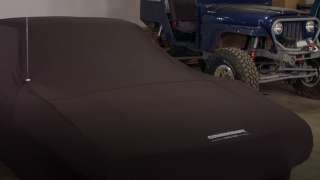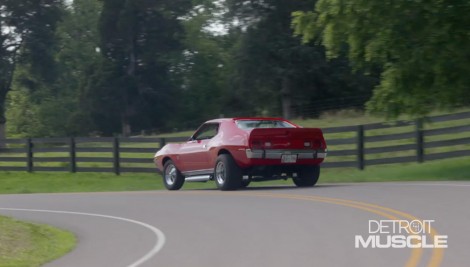
Turn The Volume Up For The AMC Javelin's New Set Of Side Pipes
Javelin gets a new sick sound with a set of side pipes, before hitting the road for a little fun.
Season 8
Episode 13
Hosts: Tommy Boshers, Daniel Boshears
First Air Date: August 13, 2021
Duration: 21 minutes 35 seconds

